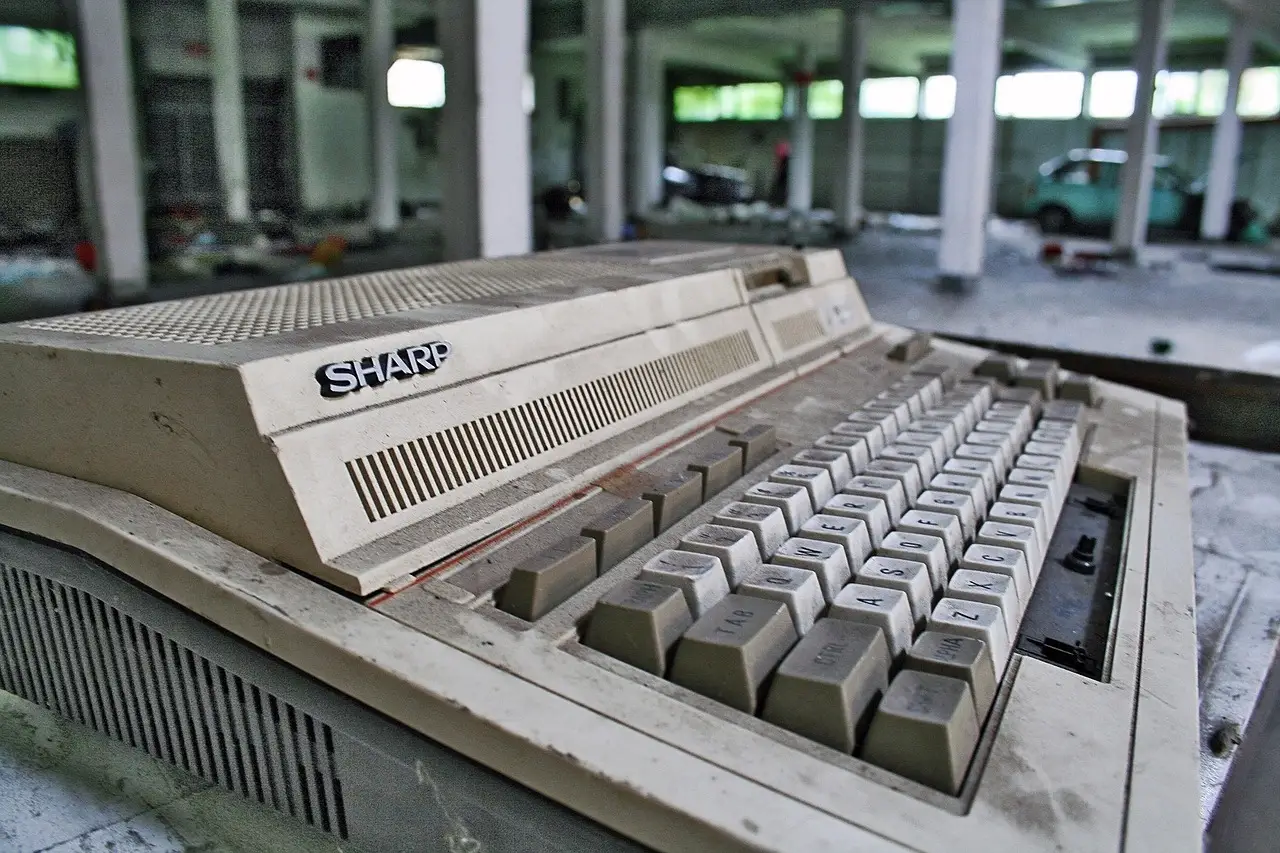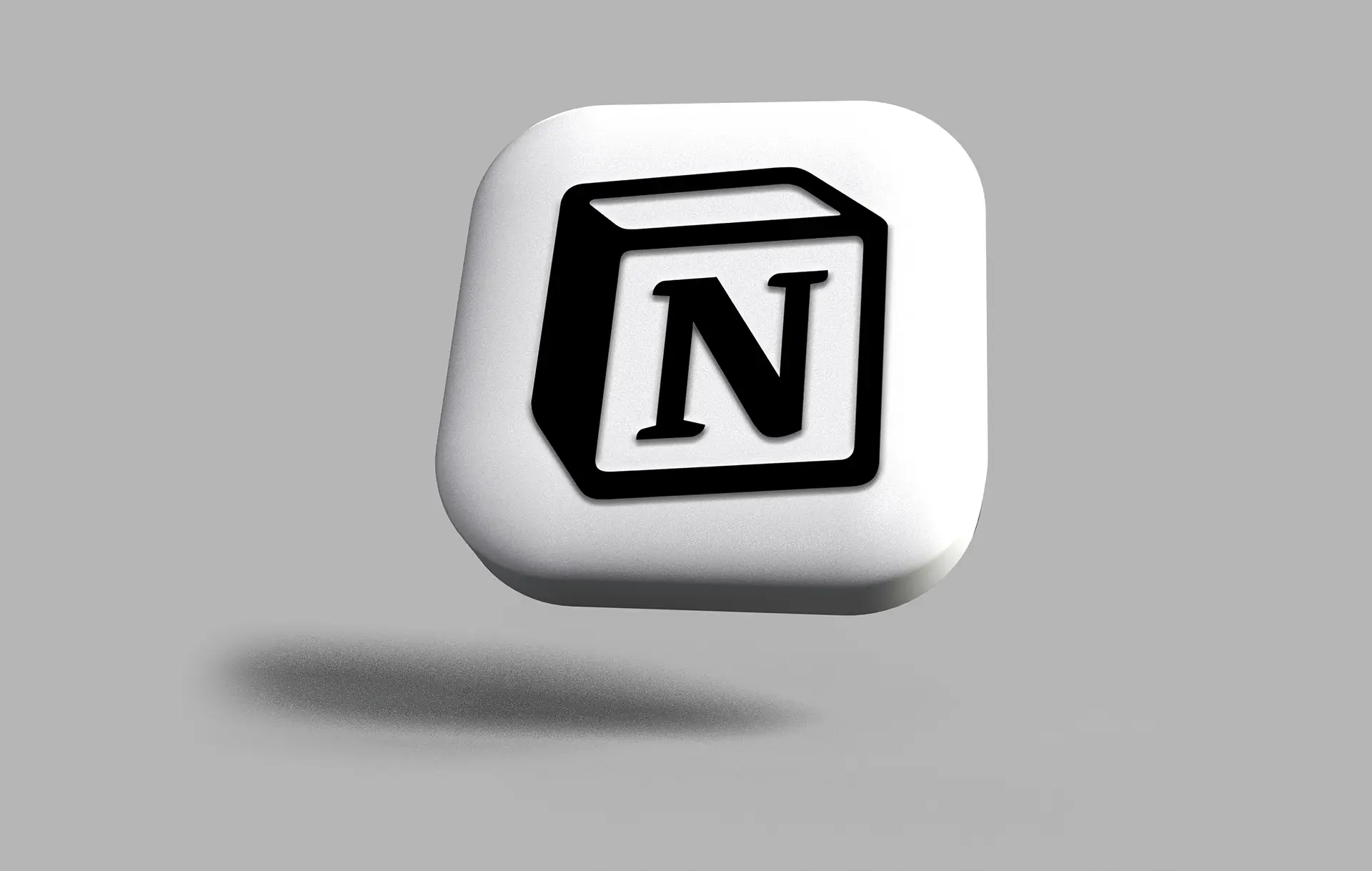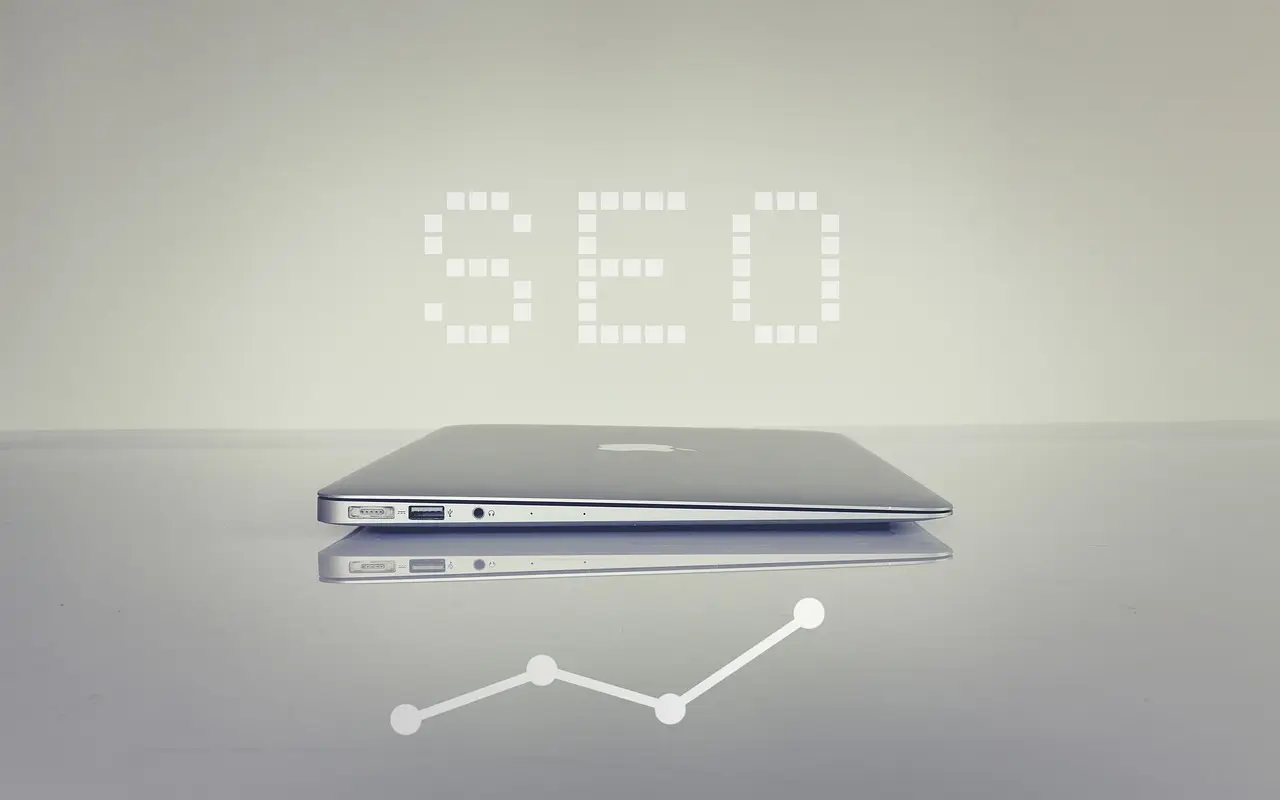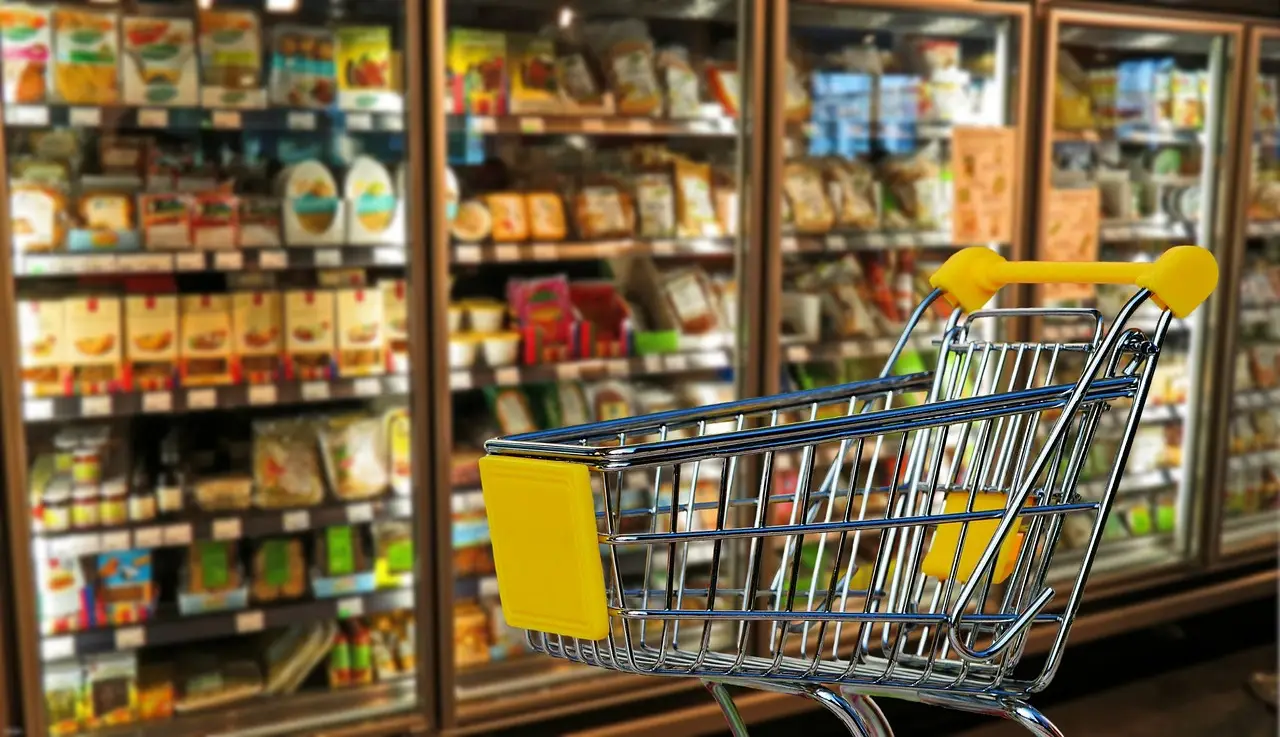Understanding the factors that influence scrap metal prices in the UK today
Scrap metal plays a crucial role in the recycling industry and supports the economy by conserving natural resources and reducing waste. In the UK, the scrap metal market is not only an essential aspect of resource recovery but also a reflection of various socio-economic dynamics. The scrap metal price UK has become a relevant topic for businesses, environmental bodies, and individuals alike, especially as it significantly impacts industries reliant on these materials. This article delves into the multifaceted factors influencing scrap metal prices in the UK today.
Key factors affecting scrap metal prices in the UK
The prices of scrap metal in the UK are influenced by a variety of factors. Understanding these elements is critical for anyone involved in the scrap metal trading industry.
Global market trends and their impact on UK prices
Influence of global demand
The prices of scrap metal in the UK are closely linked to global market trends. When countries such as China and the United States increase their demand for raw materials, UK prices can surge correspondingly. The international commodity markets are influenced by manufacturing output, infrastructure projects, and economic growth, coupled with geopolitical factors that can disrupt supply chains.
Historical price comparison
Historically, global events such as economic recessions, trade disputes, and pandemics have dramatically shifted scrap metal prices. For example, the transition from stable to volatile prices during global crises serves as a stark reminder of how interconnected the market is today.
The economic landscape of the UK
National economic performance
National economic indicators such as GDP growth rates offer insights into the scrap metal market. A growing economy typically leads to an increase in industrial activity, thereby raising demand for scrap metals as production needs soar.
Inflation and currency valuation
Inflation rates and currency strength can significantly influence the scrap metal price UK. When the value of the pound weakens against other currencies, the cost of importing metals rises, directly affecting local scrap prices. This delicate balance can create a ripple effect within the marketplace.
Regional economic disparities
Not all regions in the UK experience scrap metal price fluctuations uniformly. Areas with higher industrial activity may witness increased demand and higher prices compared to more rural areas, emphasizing the importance of local economic health.

The dynamics of supply and demand
Availability of scrap metal
The supply side of the scrap metal market is driven by sources such as industrial waste, vehicles, and construction debris. As industries scale back during economic downturns, the influx of scrap metal can dwindle, leading to price spikes.
Manufacturing sector demand
Certain sectors heavily rely on scrap metal, including the automotive and construction industries. An uptick in these sectors can lead to a dramatic increase in scrap metal prices as demand relentlessly outpaces supply.
Seasonal fluctuations
It's crucial to consider seasonal trends that affect supply and demand. Certain times of the year may see a higher volume of scrap, especially in construction during the warmer months, causing fluctuations in pricing.
Regulatory and environmental influences
Scrap metal trading regulations
Government regulations in the UK that govern scrap metal trading can sway prices significantly. Compliance requirements for dealers and stricter legislation can create barriers or benefits that influence market behavior.
Promotion of recycling initiatives
Environmental policies aimed at promoting recycling often increase the demand for scrap metal, impacting prices. Government policies can incentivize recycling efforts, leading to surging interest in scrap metal.
Compliance costs
The cost of adhering to environmental regulations tied to recycling practices can also affect pricing strategies. Dealers may pass on these costs to consumers, thereby further altering price structures.
The role of scrap metal quality and type
Pricing variations among metal types
Different metals command different prices in the marketplace. Ferrous (iron and steel) and non-ferrous metals (aluminum, copper) sell at varying rates due to their unique market demands and applications.
Importance of scrap quality
Quality plays an immense role in determining the market value of scrap metals. Higher-grade scrap metals yield better prices, as they are often easier to process and recycle.

Processing and sorting methods
Technological advancements and efficient sorting processes enhance the value of scrap metals. The faster and more effectively metals can be processed, the more competitive pricing can be for scrap dealers.
The competitive landscape of scrap dealers
Price wars in the market
Competition among scrap dealers can lead to price wars, significantly influencing market rates. Push and pull dynamics among dealers may stabilize or destabilize prices depending on the level of competition.
Large corporations vs. small businesses
The contrasting market strategies of large corporations versus smaller dealers can create disparities in pricing and service offerings. Understanding these dynamics is crucial for navigating market decisions.
Geographic influences on pricing
Competition can vary significantly between local and national dealers, with geographic factors playing a role in pricing structures.** Different regions may experience varied competitive pressures resulting in localized pricing differences.**
Technological impact on scrap metal prices
Innovations in recycling technologies
Advancements in recycling technologies are transforming the efficiency and cost-effectiveness of scrap processing. These innovations often allow for higher recovery rates, benefitting dealers and consumers alike.
Online trading platforms
The rise of online marketplaces for scrap metal trading has changed how prices are set and perceived among stakeholders. Increased visibility can lead to more competitive pricing, benefiting individuals and businesses looking to trade.
Current scrap metal prices and insights
Overview of current prices
For those interested in the latest insights into scrap metal price UK, resources like Metal Scrap London provide live updates and valuable market trends. Staying informed about current prices is vital for making strategic business decisions.
Price interpretation
Understanding how to interpret these prices can help individuals and businesses estimate their scrap’s value accurately and make informed selling or purchasing decisions.
As the scrap metal market in the UK continues to evolve, staying informed about the myriad of factors influencing prices is essential. The interplay of global demand, economic conditions, supply and demand dynamics, regulatory factors, and technological advancements all contribute to the complexity of pricing in this sector.
Being cognizant of these elements not only empowers businesses and individuals to navigate the scrap metal landscape effectively but also encourages sustainable practices through informed trading decisions. Engaging with credible sources, monitoring trends, and understanding these factors will become increasingly important as the market adapts and changes.











